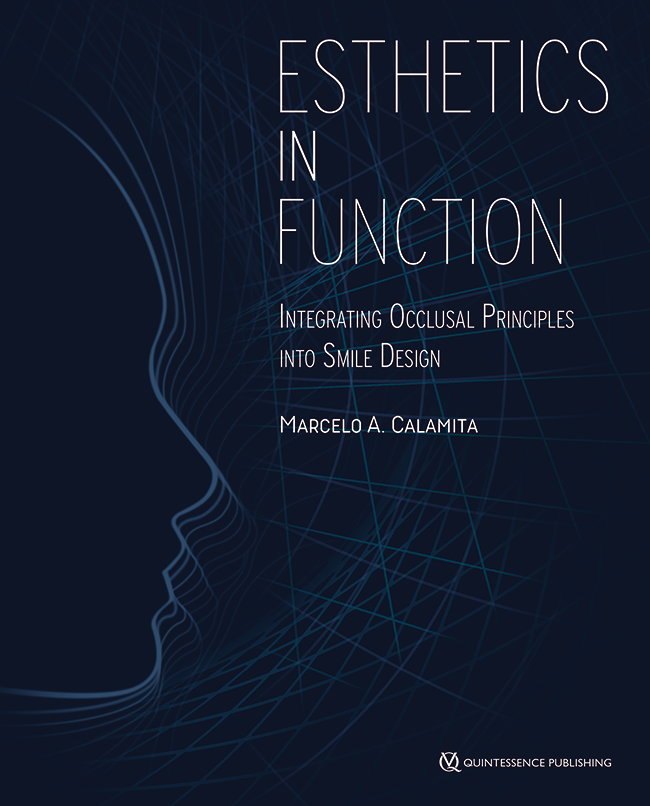International Journal of Periodontics & Restorative Dentistry, 1/2013
DOI: 10.11607/prd.1488, PubMed ID (PMID): 23342345Pages 31-39, Language: EnglishGurel, Galip / Sesma, Newton / Calamita, Marcelo A. / Coachman, Christian / Morimoto, SusanaThe purpose of this study was to evaluate the failure rates of porcelain laminate veneers (PLVs) and the influence of clinical parameters on these rates in a retrospective survey of up to 12 years. Five hundred eighty laminate veneers were bonded in 66 patients. The following parameters were analyzed: type of preparation (depth and margin), crown lengthening, presence of restoration, diastema, crowding, discoloration, abrasion, and attrition. Survival was analyzed using the Kaplan-Meier method. Cox regression modeling was used to determine which factors would predict PLV failure. Forty-two veneers (7.2%) failed in 23 patients, and an overall cumulative survival rate of 86% was observed. A statistically significant association was noted between failure and the limits of the prepared tooth surface (margin and depth). The most frequent failure type was fracture (n = 20). The results revealed no significant influence of crown lengthening apically, presence of restoration, diastema, discoloration, abrasion, or attrition on failure rates. Multivariable analysis (Cox regression model) also showed that PLVs bonded to dentin and teeth with preparation margins in dentin were approximately 10 times more likely to fail than PLVs bonded to enamel. Moreover, coronal crown lengthening increased the risk of PLV failure by 2.3 times. A survival rate of 99% was observed for veneers with preparations confined to enamel and 94% for veneers with enamel only at the margins. Laminate veneers have high survival rates when bonded to enamel and provide a safe and predictable treatment option that preserves tooth structure.
International Journal of Periodontics & Restorative Dentistry, 6/2012
PubMed ID (PMID): 23057051Pages 625-635, Language: EnglishGurel, Galip / Morimoto, Susana / Calamita, Marcelo A. / Coachman, Christian / Sesma, NewtonThis article evaluates the long-term clinical performance of porcelain laminate veneers bonded to teeth prepared with the use of an additive mock-up and aesthetic pre-evaluative temporary (APT) technique over a 12-year period. Sixty-six patients were restored with 580 porcelain laminate veneers. The technique, used for diagnosis, esthetic design, tooth preparation, and provisional restoration fabrication, was based on the APT protocol. The influence of several factors on the durability of veneers was analyzed according to pre- and postoperative parameters. With utilization of the APT restoration, over 80% of tooth preparations were confined to the dental enamel. Over 12 years, 42 laminate veneers failed, but when the preparations were limited to the enamel, the failure rate resulting from debonding and microleakage decreased to 0%. Porcelain laminate veneers presented a successful clinical performance in terms of marginal adaptation, discoloration, gingival recession, secondary caries, postoperative sensitivity, and satisfaction with restoration shade at the end of 12 years. The APT technique facilitated diagnosis, communication, and preparation, providing predictability for the restorative treatment. Limiting the preparation depth to the enamel surface significantly increases the performance of porcelain laminate veneers.




